The California Pepper Chronicles: From Mild to Wild in Your Kitchen!
California is known for its sun-kissed landscapes, Hollywood glam, and of course — a thriving agricultural scene that gifts us some of the finest peppers on the planet. From the mild bell to the fiery habanero (yes, they grow those too!), California peppers bring flavor, color, and a punch of nutrition to your plate. Whether you’re roasting them over an open flame, tossing them into salsas, or pickling them for future feasts, this guide will take you through everything you need to know about these vibrant gems.
Table of Contents
What Makes California Peppers Special?
California's unique Mediterranean climate — warm days, cool nights, and long growing seasons — creates the perfect environment for cultivating a wide variety of peppers. The state leads in U.S. pepper production, especially for bell peppers, jalapeños, and chiles. Thanks to sustainable farming practices and soil rich in minerals, California peppers are not only tasty but also crisp, colorful, and packed with nutrients.

From local farmer’s markets to major grocery chains, California peppers dominate shelves year-round. Their versatility makes them a favorite among chefs and home cooks alike. Plus, they're harvested at peak ripeness, ensuring top-tier flavor and texture.
A Rainbow of Flavors: Types of California Peppers
Let’s break it down — here are some of the most popular types of California-grown peppers you’ll find:
| Type | Heat Level (SHU) | Flavor Profile | Best Uses |
|---|---|---|---|
| Bell Peppers | 0 | Sweet, earthy, slightly grassy | Stuffed peppers, salads, grilling, stir-fries |
| Jalapeño | 2,500–8,000 | Grassy, peppery, smoky when roasted | Salsas, nachos, poppers, pickling |
| Hatch Chiles | Varies (mild to hot) | Rich, smoky, slightly sweet | Enchiladas, sauces, rellenos |
| Poblano | 1,000–2,000 | Earthy, mildly spicy, nutty when roasted | Chiles rellenos, moles, soups |
| Cayenne | 30,000–50,000 | Spicy, sharp, pungent | Dried powders, spice blends, hot sauces |
| Shishito | 50–200 | Smoky, slightly tangy, occasionally spicy | Blistered appetizers, Asian dishes |
Choosing Based on Heat Tolerance
If you're new to spiciness, start with bell peppers or shishitos. Want a little kick? Try jalapeños or poblanos. Craving heat? Go bold with cayenne or Hatch chiles! Remember, the seeds and inner ribs pack the most heat — so adjust accordingly.
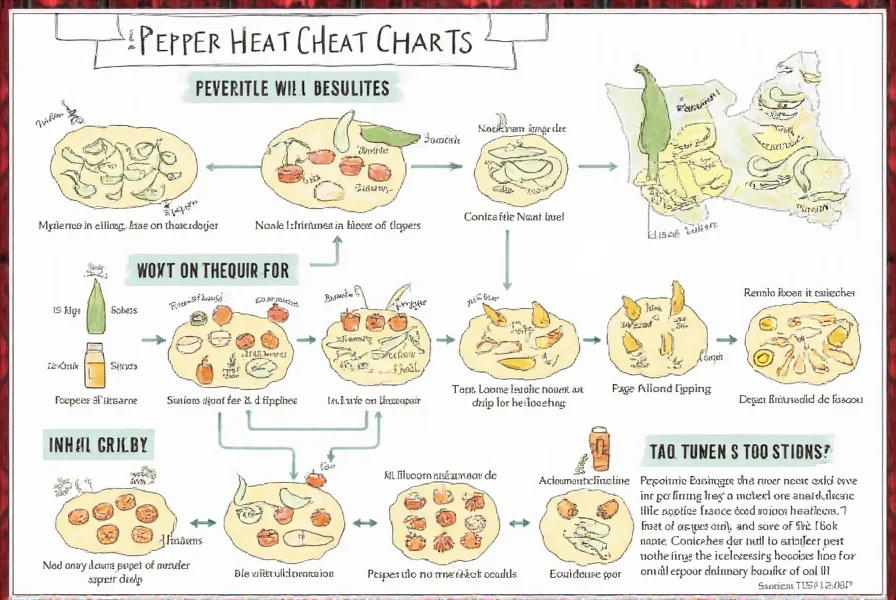
Why California Peppers Are Good for You
Beyond their flavor, California peppers are nutritional powerhouses. Here’s why you should be adding more of them to your meals:
- Vitamin C Boost: One medium red bell pepper has more vitamin C than an orange.
- Rich in Antioxidants: Especially carotenoids like beta-carotene and lycopene.
- Mood Enhancer: Capsaicin (the compound responsible for heat) triggers endorphins — nature’s happy pills!
- Metabolism Booster: Spicy peppers can temporarily increase metabolic rate.
- Heart Health: Studies suggest regular consumption helps reduce cholesterol and regulate blood sugar levels.
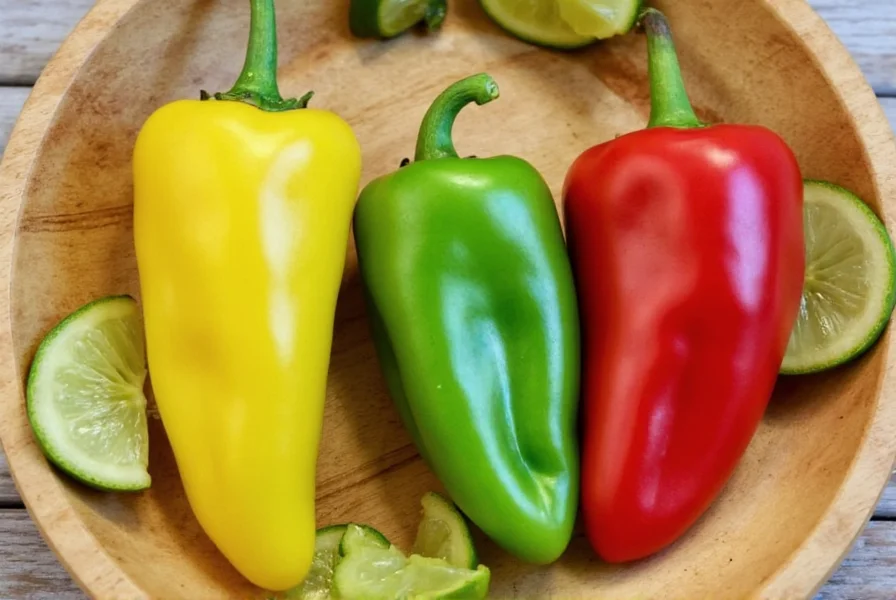
Cooking with California Peppers: Tips & Tricks
Now that we’ve covered what’s on offer, let’s get cooking! Here are some tried-and-true methods to maximize flavor and enjoyment from your California peppers:
1. Roast ‘Em for Depth
Roasting transforms peppers — especially jalapeños, poblanos, and Hatch chiles — by caramelizing natural sugars and enhancing smokiness. Simply place them directly over a flame or under the broiler until blistered, then wrap in foil and let steam for 10 minutes before peeling.
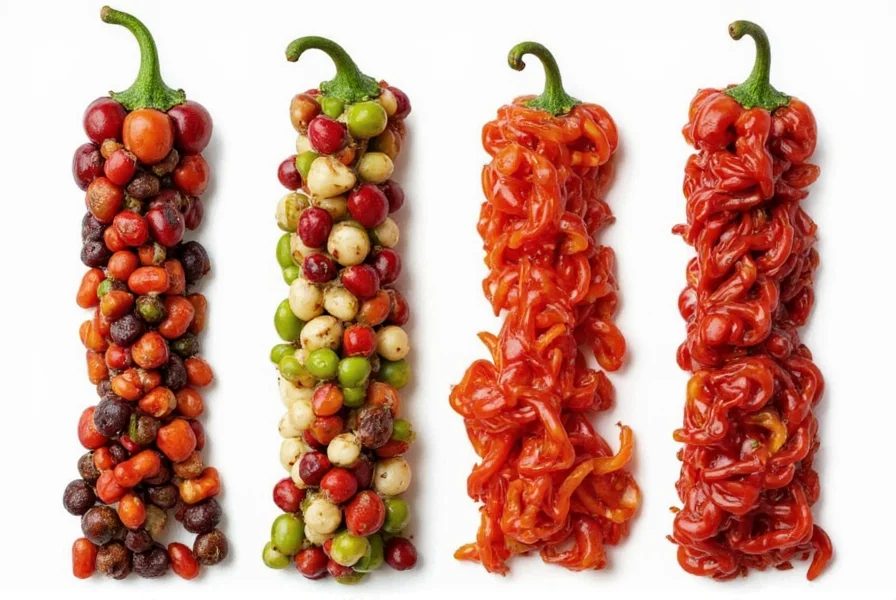
2. Freeze for Future Use
Got extra peppers? Don’t let them go to waste! Wash, dry, and freeze whole (no blanching needed). They’re easy to dice while still frozen and work perfectly in soups, stews, and sauces later.
3. Make Your Own Hot Sauce
Combine roasted California jalapeños, vinegar, garlic, salt, and a touch of honey in a blender. Voilà — homemade hot sauce ready to spice up any dish.
4. Pair With Complementary Ingredients
- Bell Peppers: Pair with tomatoes, goat cheese, olives, and fresh herbs.
- Jalapeños: Go well with lime, avocado, cilantro, and grilled meats.
- Cayenne: Mix with citrus zest, dark chocolate, or mole spices for depth.
Buying Guide: Choosing the Best California Peppers
Whether you’re shopping at a farmers' market or a grocery store, knowing how to select quality peppers ensures great results in the kitchen.
Look for These Signs
- Color: Bright and vivid — avoid dull or faded peppers.
- Firmness: Should feel solid with a slight give. Avoid soft or wrinkled ones.
- Stem Condition: Green stems indicate freshness; brown or brittle ones mean they've been sitting too long.
- Size: Larger isn’t always better — look for symmetry and uniformity.
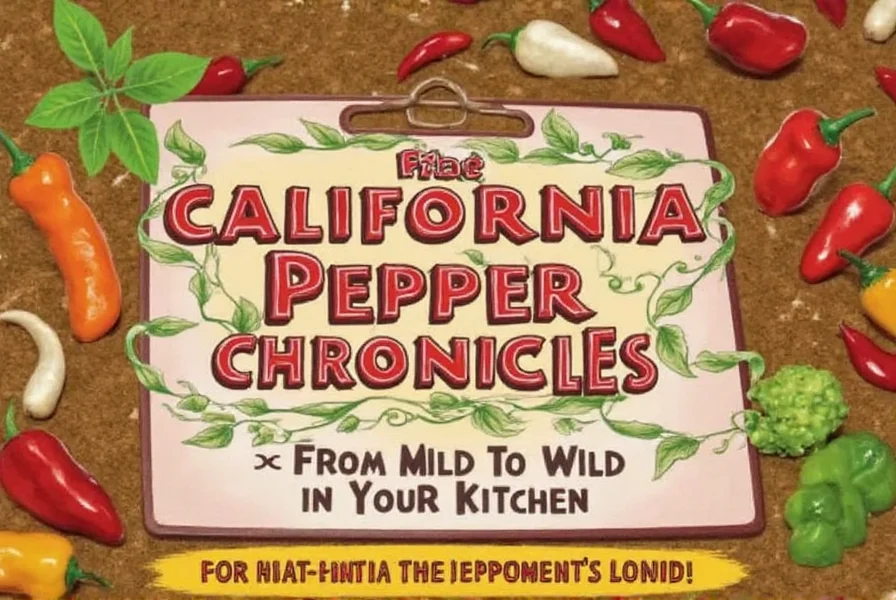
Popular California Pepper Products
| Product | Description | Advantages | Use Cases | Audience |
|---|---|---|---|---|
| Organic Bell Peppers | Grown without synthetic pesticides or fertilizers | Healthier, eco-friendly option | Salads, stuffing, snacks | Health-conscious families |
| Roasted Poblano Packets | Peeled and sliced roasted poblanos in vacuum-sealed pouches | Convenient, pre-prepped ingredient | Enchiladas, tacos, soups | Busy home cooks |
| Jalapeño Slices (Pickled) | Vinegar-brined slices with optional spices | Long shelf life, ready-to-eat | Tacos, burgers, garnishes | Snackers and taco lovers |
| Dried Cayenne Peppers | Whole dried pods ideal for grinding | Intense heat, versatile use | Hot sauces, spice rubs, chili oils | Spice enthusiasts |
| California Pepper Medley Bags | Mix of red, yellow, and orange bell peppers pre-sliced | Ready-to-roast, saves prep time | Stir-fries, skewers, wraps | Meal preppers, quick dinners |
Growing Your Own California Peppers at Home
Want to bring a bit of that California sunshine into your own backyard? Growing peppers is easier than you think, even in containers!
Step-by-Step Guide to Growing California Peppers
- Choose the Right Variety: Pick one suited to your climate — bell peppers thrive in most zones, while hotter varieties may need more warmth.
- Start Indoors: Begin seeds indoors 6–8 weeks before the last frost date.
- Soil Matters: Use well-draining, nutrient-rich potting mix. Add compost for fertility.
- Light It Up: Peppers love sunlight — aim for 6–8 hours daily.
- Water Wisely: Keep soil consistently moist but not soggy. Avoid overhead watering to prevent disease.
- Harvest Time: Pick peppers when they reach desired size and color. Leaving them longer often increases sweetness or heat.
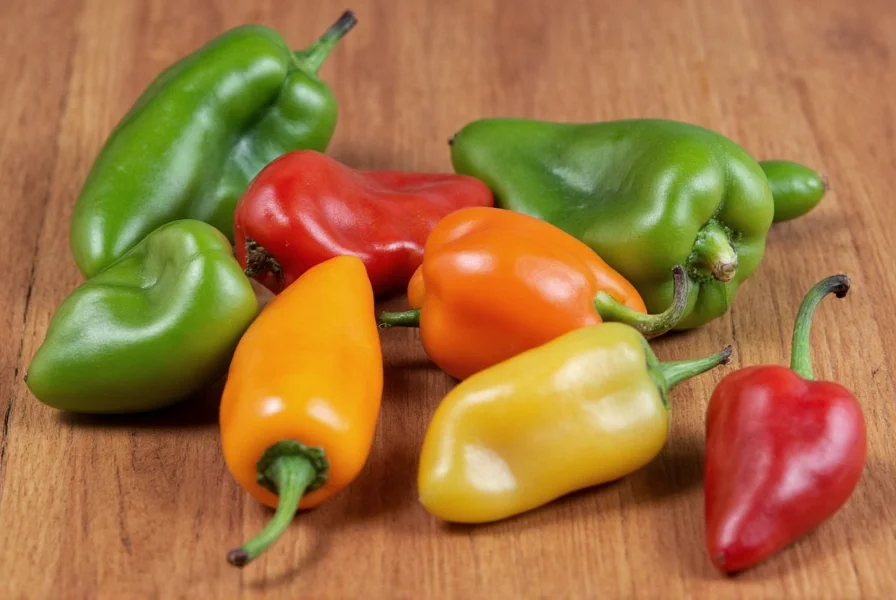
Final Thoughts
There’s a reason California peppers have such a stellar reputation — they combine optimal growing conditions with incredible versatility and nutrition. Whether you're spicing up a family dinner, exploring global flavors, or simply enjoying a crunchy snack, these peppers deliver every time.
From the mild bell to the searing cayenne, there's a California pepper out there waiting to become your next kitchen staple. So go ahead — embrace the heat, play with colors, and let your taste buds travel without ever leaving your kitchen.
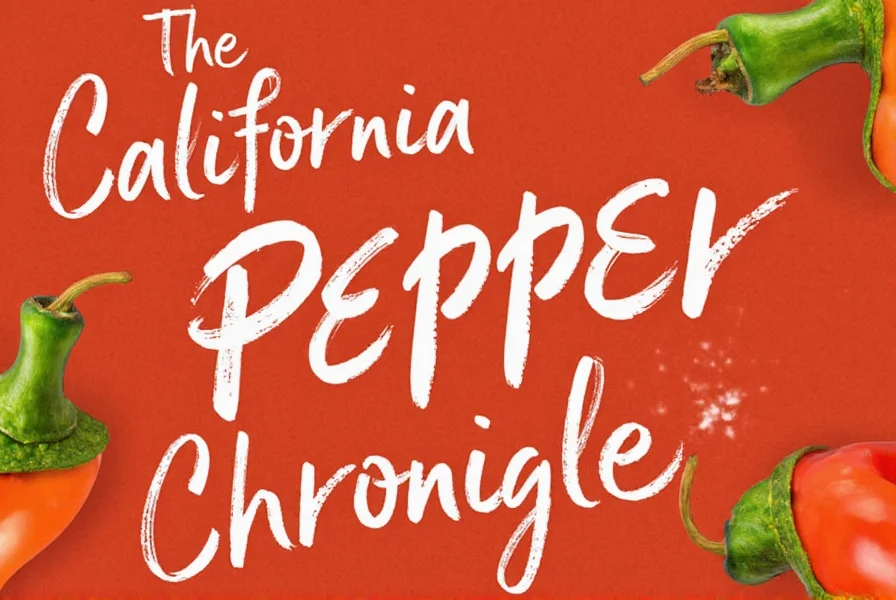
Stay spicy, stay adventurous — and remember: when in doubt, add another pepper!

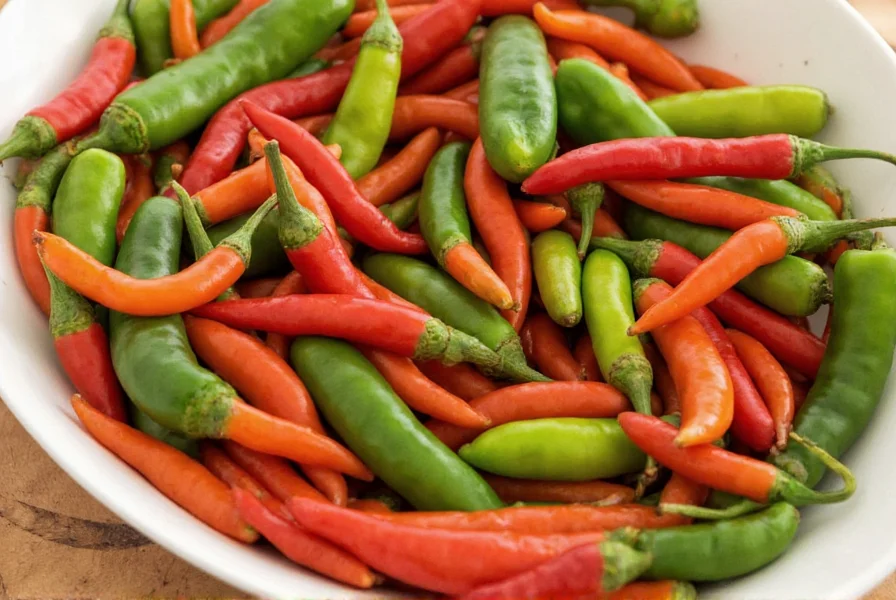









 浙公网安备
33010002000092号
浙公网安备
33010002000092号 浙B2-20120091-4
浙B2-20120091-4